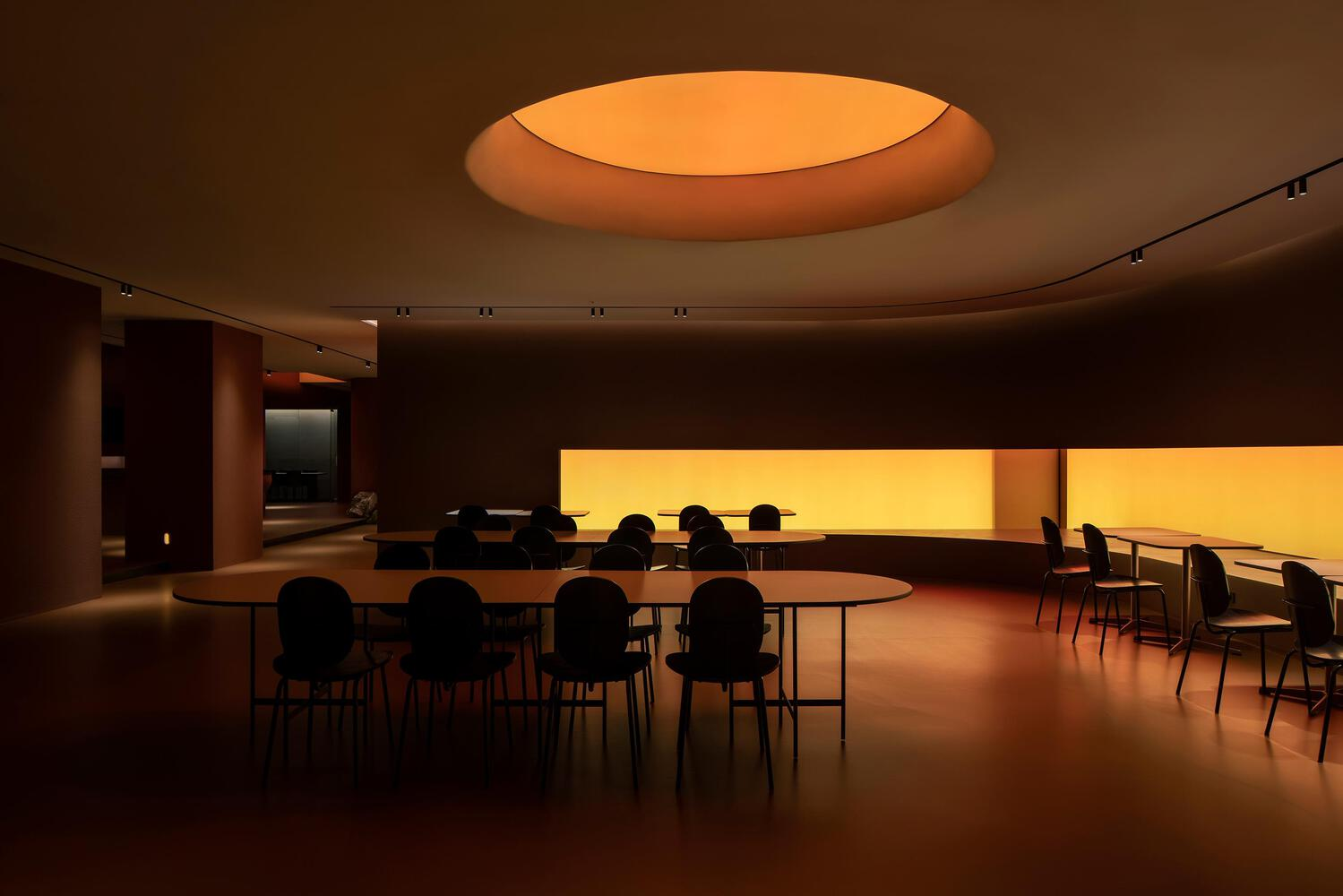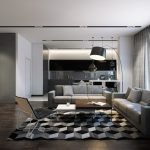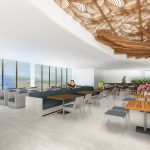When designing a lounge, it’s important to create a space that is both stylish and comfortable. The layout of the lounge should be carefully planned to optimize traffic flow and maximize seating options. It’s essential to consider the needs and preferences of the customers who will be using the space. For example, if the lounge is geared towards a younger crowd, a trendy and modern design may be more appropriate. On the other hand, if the lounge is targeting a more mature audience, a classic and elegant design may be more fitting.
Furniture selection is a key component of lounge design. Comfortable seating options, such as plush sofas, cozy armchairs, and stylish bar stools, are essential for creating a welcoming atmosphere. The choice of fabrics and materials should also be carefully considered to ensure durability and easy maintenance. Additionally, incorporating a mix of seating options, such as communal tables, cozy nooks, and bar seating, can help accommodate different preferences and group sizes.
Lighting is another important aspect of lounge design. The right lighting can create a warm and inviting ambiance, while also highlighting key design elements. Ambient lighting, such as pendant lights and floor lamps, can help set the mood, while task lighting, such as table lamps and wall sconces, can provide additional illumination for reading or working. It’s important to strike a balance between natural and artificial lighting to create a comfortable and aesthetically pleasing environment.
Color scheme and decor play a significant role in defining the overall look and feel of a lounge. The choice of colors can impact the mood and atmosphere of the space. For example, warm tones such as reds and yellows can create a cozy and intimate feel, while cool tones such as blues and greens can evoke a sense of calm and relaxation. Adding decorative elements, such as artwork, plants, and decorative accents, can help tie the design together and add personality to the space.
Incorporating technology into lounge design can enhance the overall customer experience. For example, offering charging stations for electronic devices, providing Wi-Fi access, and installing flat-screen TVs for entertainment can help attract and retain customers. Additionally, incorporating smart technology, such as automated lighting and sound systems, can help streamline operations and create a more seamless experience for both customers and staff.
Overall, designing a lounge requires careful consideration of layout, furniture selection, lighting, color scheme, and technology integration. By creating a space that is stylish, comfortable, and functional, lounge owners can create an inviting environment that will attract and retain customers.By paying attention to the needs and preferences of their target audience, lounge designers can create a space that reflects their brand identity and
 efistu.com Home Decor
efistu.com Home Decor
















